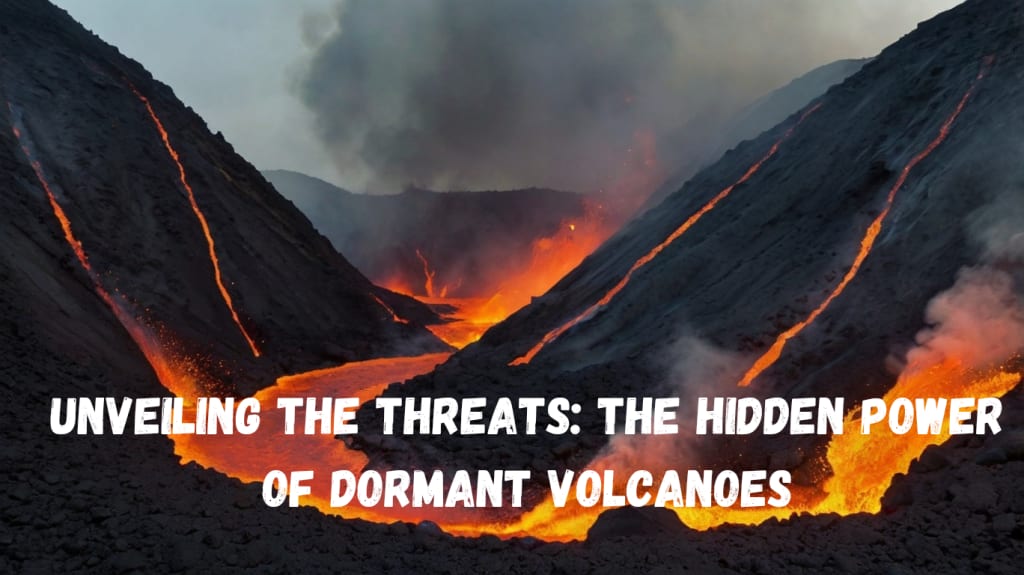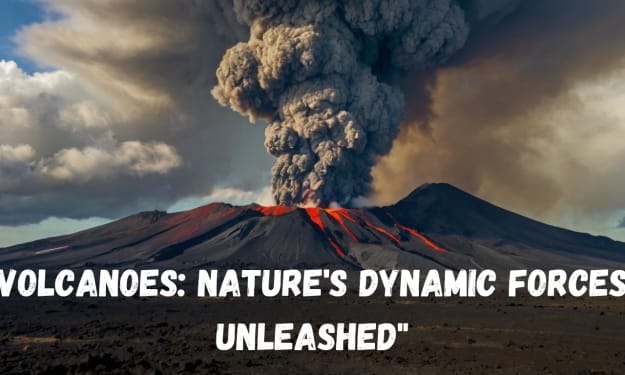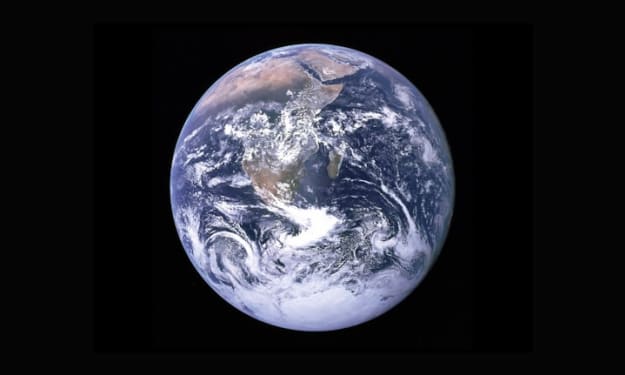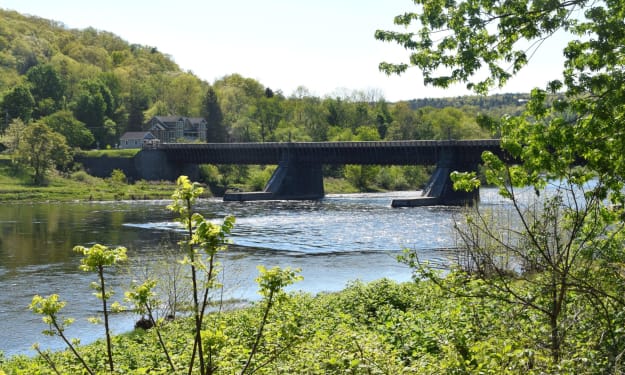Volcanic Vents and Antarctic Mysteries: A Scientific Exploration of Dormant Threats
Unveiling the Threats: The Hidden Power of Dormant Volcanoes

**Volcanic Vents and Antarctic Mysteries: A Scientific Exploration of Dormant Threats**
*Introduction*
Antarctica, the frozen continent at the southernmost part of the Earth, is not just a land of ice and snow. Beneath its thick ice sheets lie volcanic vents that release gases and vapors into the air. Under the right conditions, these vents can spew out enough material to build ice towers up to 10 feet tall. Despite the challenging conditions of this polar region, scientists have found ways to monitor these volcanic activities. However, predicting eruptions remains a daunting task. By analyzing past volcanic events, we can get a glimpse of what might happen if Antarctica's sleeping volcanoes awaken. Let's delve into the mysteries of these Antarctic volcanoes and explore their potential impact on our world.
**Monitoring Antarctic Volcanoes**
Scientists keep an eye on Antarctic volcanoes using seismometers, which detect tremors caused by volcanic activity. Sometimes, they also employ more sophisticated technology, but the remoteness and harsh conditions of Antarctica make this task incredibly challenging. This is why predicting eruptions is difficult. By studying past events, scientists can make educated guesses about future volcanic activities.
**Mount Takahe: A Case Study**
Nearly 20,000 years ago, Mount Takahe, one of Antarctica's dormant volcanoes, experienced a series of eruptions. These eruptions released a significant amount of halogen-rich gases into the atmosphere. Some scientists believe these events contributed to the warming of the Southern Hemisphere, leading to the melting of glaciers and the end of the last ice age. For similar events to happen today, we would need a series of eruptions from volcanoes now exposed above the ice, releasing substances rich in halogens. While this scenario is unlikely, it is not entirely impossible, given that it has occurred in the past.
**Volcanoes Beneath the Ice**
Volcanoes hidden under Antarctica's thick ice layers pose a different kind of threat. Their gases might not reach the atmosphere, but their heat could melt vast caverns at the base of the ice, producing significant amounts of meltwater. The West Antarctic Ice Sheet is already wet and not frozen to its bed, meaning this meltwater could act as a lubricant, setting the overlying ice into motion. Although a single eruption might not make a noticeable difference, multiple eruptions could accelerate ice movement, leading to increased ice flow into the ocean and rising sea levels.
**Runaway Effect: A Chain Reaction**
Scientists call this potential scenario a "runaway effect." If several volcanoes in West Antarctica erupt close to or beneath major ice streams, the resulting meltwater could increase ice flow into the ocean. These ice streams are essentially rivers of ice that carry most of Antarctica's frozen water to the ocean. A change in their speed and flow could lead to unusual amounts of water entering the ocean, raising sea levels and thinning the ice. This, in turn, could trigger more eruptions, creating a chain reaction similar to what happened in Iceland when glaciers began receding at the end of the last ice age.
**Global Implications of Melting Ice**
Antarctica holds about 80% of the world's fresh water. If all this ice melted, global sea levels would rise by nearly 200 feet, drastically altering our planet. Although this extreme scenario is unlikely, the melting of Antarctic ice due to volcanic activity could still have significant effects. Even without a catastrophic eruption, the lubrication of ice streams and the addition of meltwater to the ocean could contribute to sea-level rise, affecting coastal communities worldwide.
**Supervolcanoes: A Historical Perspective**
The concept of supervolcanoes adds another layer of complexity to the volcanic threat. Over 200 million years ago, the world experienced a series of massive volcanic eruptions known as the Central Atlantic Magmatic Province (CAMP) event. This supervolcano activity, which lasted for about 600,000 years, released immense amounts of carbon dioxide into the atmosphere, drastically altering the planet's climate. These eruptions are believed to have contributed to the growth of dinosaurs from small creatures to the giants we know from Jurassic Park.
**Yellowstone: A Supervolcano in Waiting**
In the present day, the supervolcano beneath Yellowstone National Park is a significant point of concern. Yellowstone has experienced some of the largest volcanic eruptions in Earth's history. The last major eruption, about 640,000 years ago, was a thousand times greater than the 1980 eruption of Mount St. Helens. This eruption reshaped the landscape, spreading ash and debris across much of North America. Despite its long dormancy, recent underground activity at Yellowstone keeps scientists vigilant.
**Understanding Yellowstone's Activity**
The ground above Yellowstone sits on a hot spot made of molten and semi-molten rock called magma. This magma flows into a chamber beneath the park, causing the ground to rise and fall. Volcano watchers have observed the ground lift about 10 inches over 20 years, but it has been subsiding since 2010. Experts believe that a massive eruption is not imminent, though smaller steam and hot water eruptions are possible. The timing and magnitude of future eruptions remain uncertain, making Yellowstone a subject of ongoing study.
**Conclusion**
Volcanic activity, both in Antarctica and around the world, holds the potential to significantly impact our planet. Understanding and monitoring these natural phenomena are crucial for predicting and mitigating their effects. While the scenarios described, from Antarctic meltwater to supervolcano eruptions, may seem like something out of a science fiction novel, they are rooted in scientific research and historical precedent. By staying informed and prepared, we can better navigate the challenges posed by these powerful forces of nature.
Through continued exploration and study, scientists aim to uncover more about these hidden giants and their potential impact on our world. As we piece together the past and present activities of volcanoes, we move closer to understanding their future behavior. This knowledge not only satisfies our curiosity but also equips us to protect our planet and ourselves from the formidable power of volcanic eruptions.
About the Creator
Enjoyed the story? Support the Creator.
Subscribe for free to receive all their stories in your feed. You could also pledge your support or give them a one-off tip, letting them know you appreciate their work.





Comments
There are no comments for this story
Be the first to respond and start the conversation.